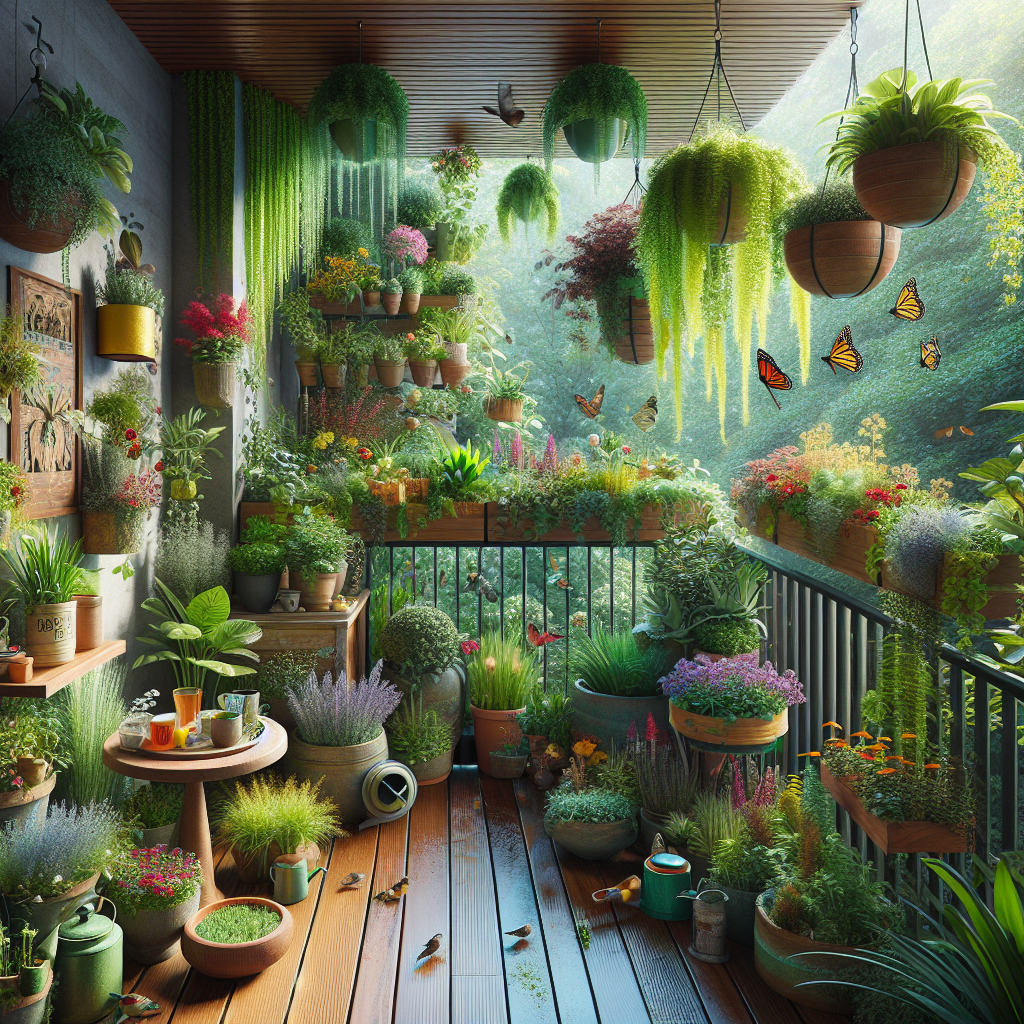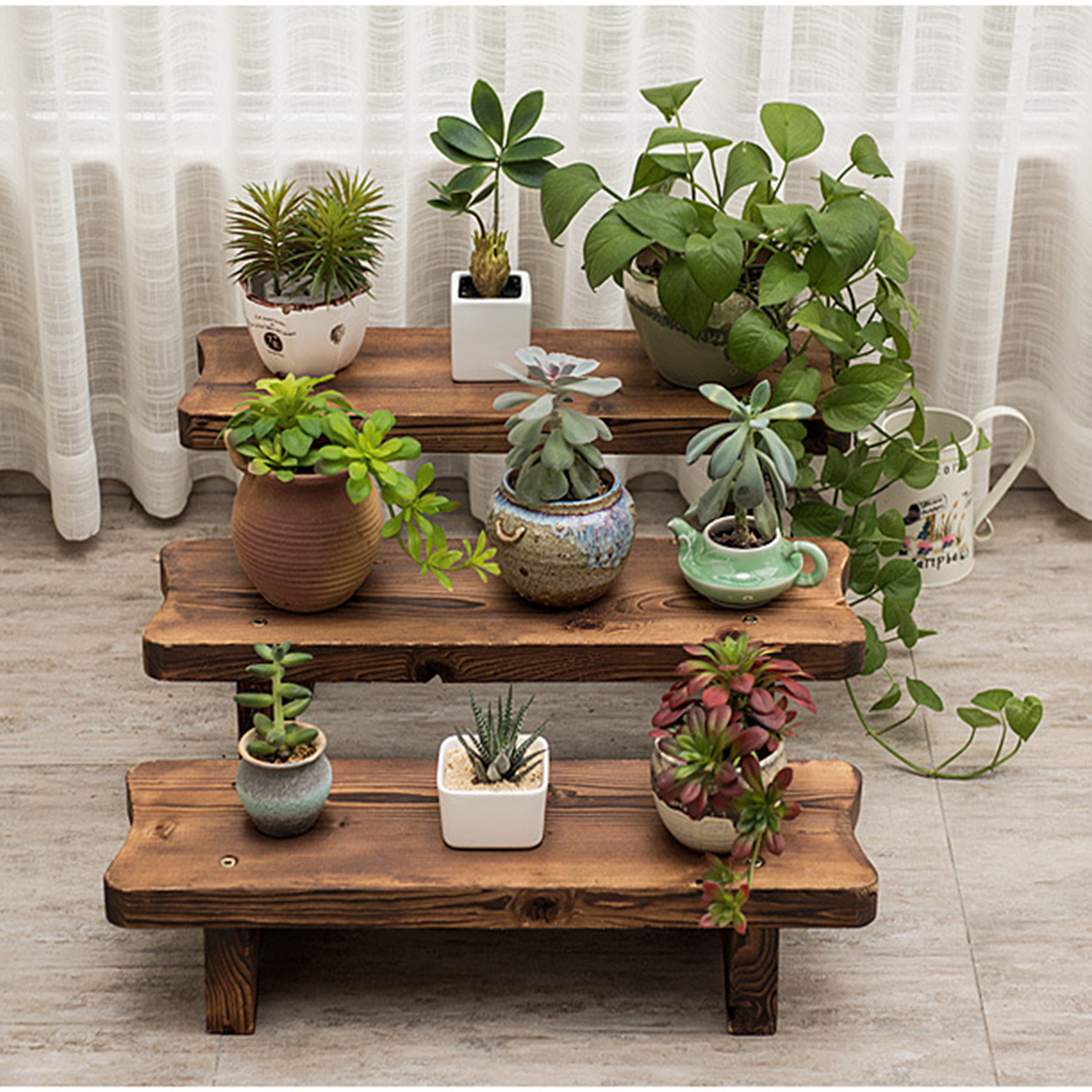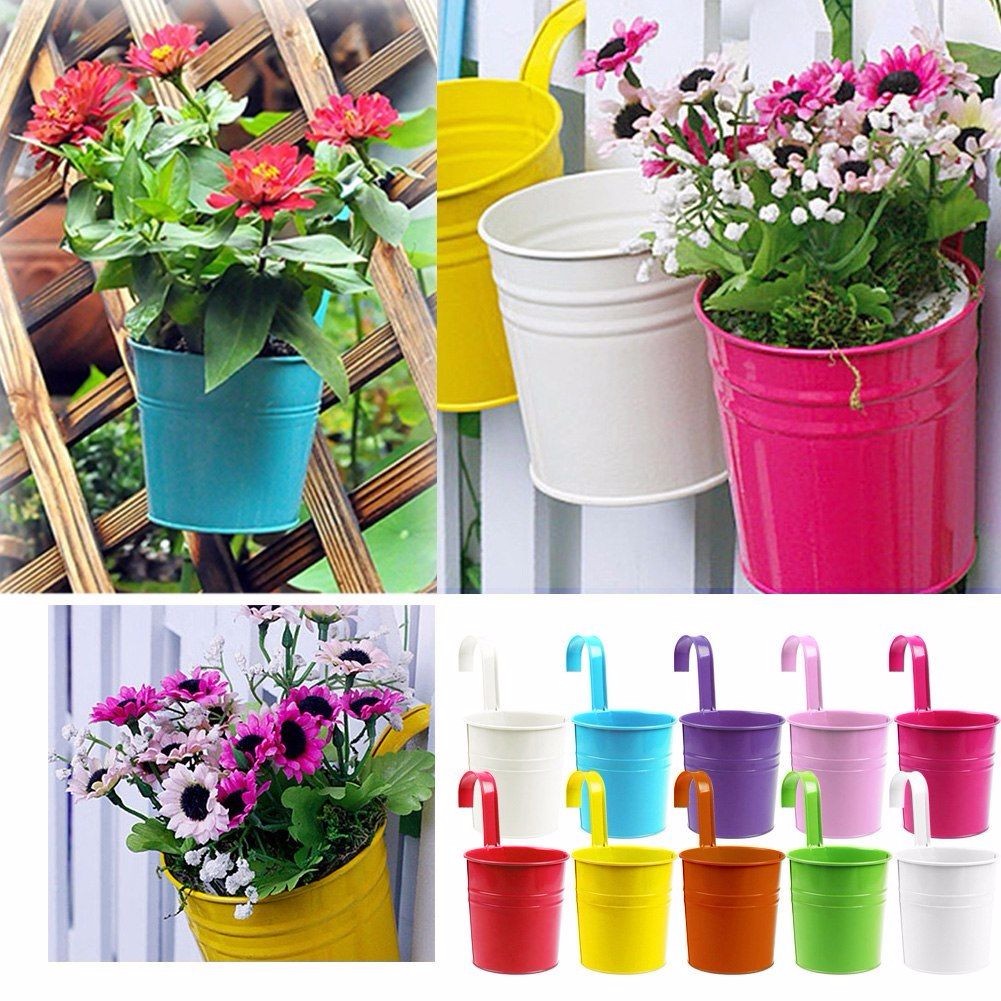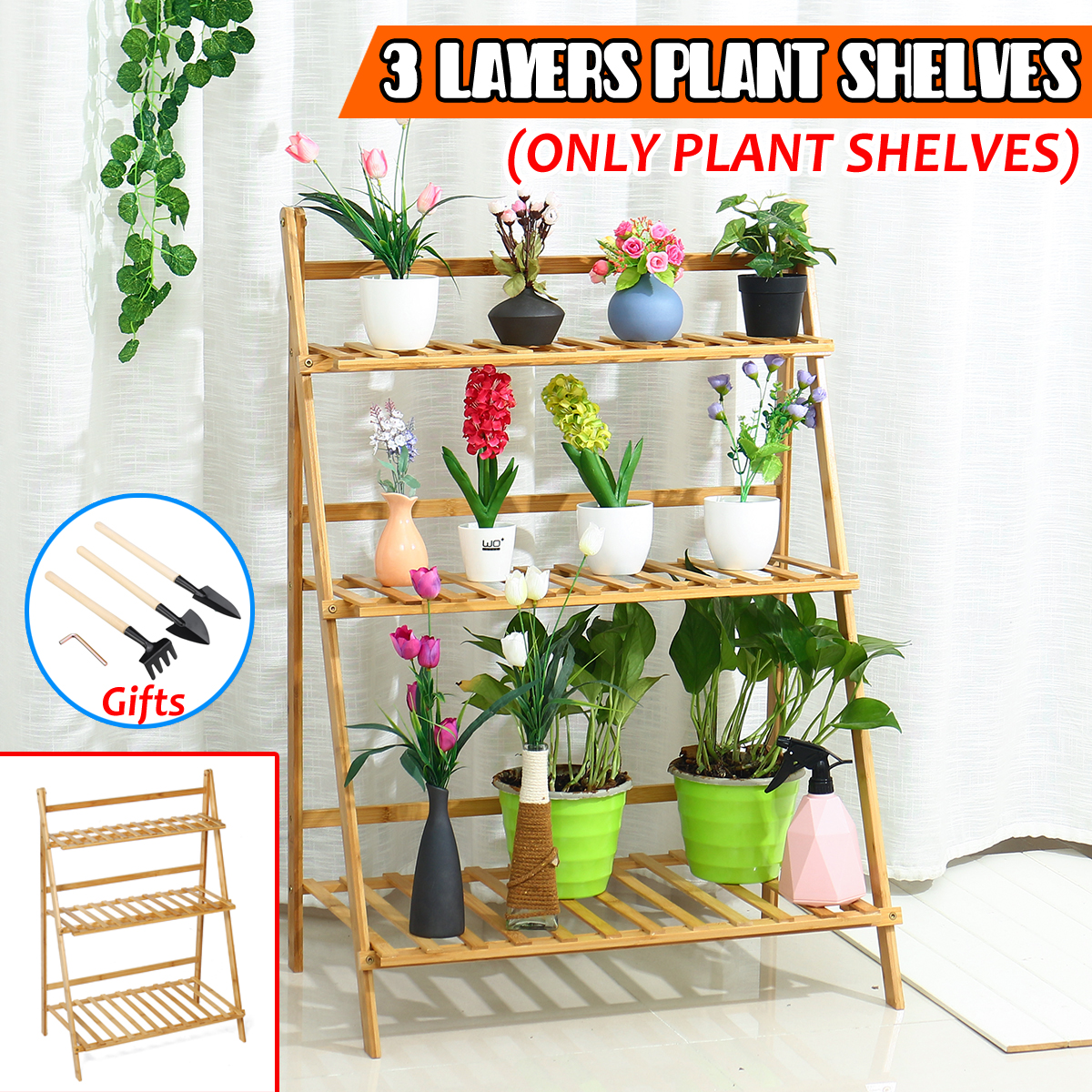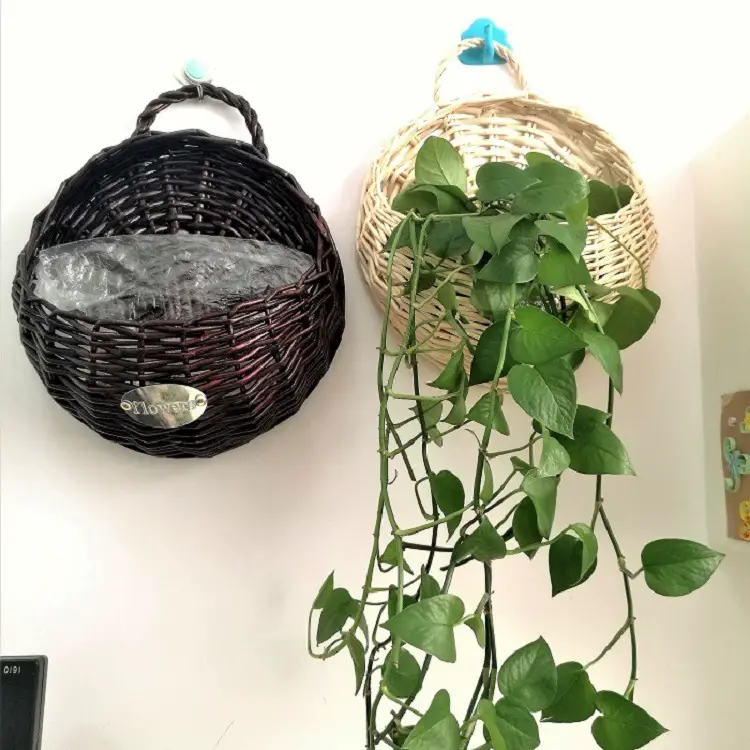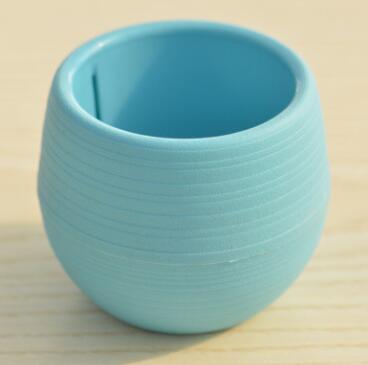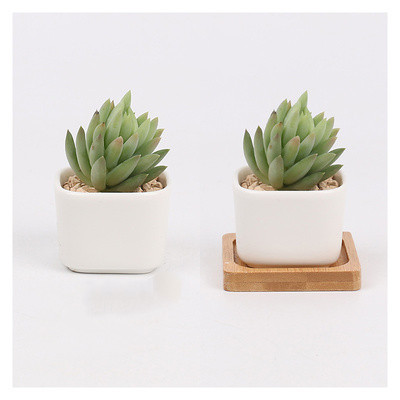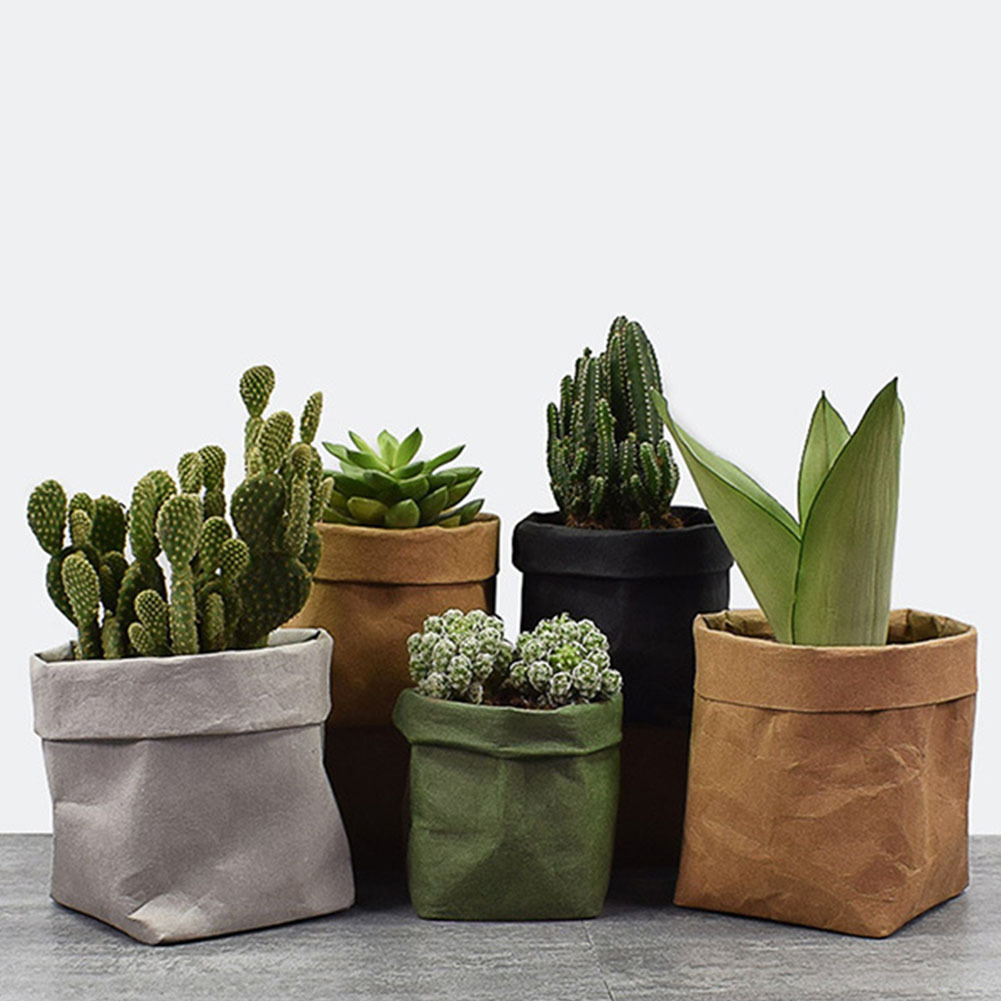Creating a Wildlife-Friendly Balcony through Containers
In our fast-paced urban jungles, finding ways to reconnect with nature can be challenging. For those of us who live in apartments or homes with limited yard space, a balcony often serves as our closest link to the natural world. With a touch of creativity and a modest effort, any balcony can be transformed into a lush, welcoming haven for local wildlife. By focusing on container planting, this transformation is achievable for anyone, irrespective of their garden size or gardening experience.
Understanding the Needs of Local Wildlife
Before diving into the container arrangements, it’s essential to know what types of wildlife you aim to attract. Butterflies, bees, birds, and even small mammals are potential visitors to your balcony oasis. These creatures require specific resources: food, water, shelter, and nesting sites.
-
Butterflies and Bees: These pollinators thrive in environments with abundant flowers. Opt for native plants rich in nectar that bloom across different seasons.
-
Birds: Birds are not just seed-eaters; they consume insects and enjoy fruits as well. Offering a mixture of seed-bearing flowers and berry-producing shrubs can attract a variety of bird species.
-
Small Mammals: Depending on your locale, creatures like squirrels and hedgehogs may visit. They require food sources and sometimes a place to hide or rest.
Maximizing Plant Growth with Varied Container Options
When creating a wildlife-friendly balcony, the selection of containers is as crucial as choosing the plants themselves. The diversity in container types can significantly impact the health and growth of your plants, thus impacting how attractive your space is to wildlife.
-
Material Matters: The material of the container influences plant growth. Terracotta pots allow for good aeration but dry out quickly, making them ideal for plants that prefer dry, well-drained conditions. Plastic pots retain moisture longer, which benefits plants that need consistent watering.
-
Size and Shape: Large, deep pots support root growth for bigger plants, while small, shallow pots are better suited for herbs and compact flowers. An assortment of sizes and shapes can cater to different plant needs, fostering a more varied and vibrant plant life on your balcony.
-
Self-Watering Containers: These are particularly beneficial for those with busy schedules. They ensure that plants receive consistent moisture, which is crucial during hot weather and can prevent stress caused by irregular watering habits.
-
Hanging Baskets and Vertical Planters: Elevate the green space to maximize limited balcony area. Hanging baskets are perfect for trailing plants like ivy or fuchsia. Vertical planters can host a variety of species, from flowering plants to succulents, making efficient use of wall space.
Planting for Pollinators: A Nectar Buffet
A vibrant, wildlife-friendly balcony starts with including an array of pollinator-friendly plants. Choose species that provide nectar and pollen from spring to autumn. Varied bloom times extend the resource availability for insects throughout the growing season.
-
Spring Blooms: Crocus, bluebells, and primroses are early bloomers, providing essential nectar at a time when few other plants are flowering.
-
Summer Varieties: Lavender, sunflowers, and salvias not only look and smell beautiful but are magnets for bees and butterflies.
-
Autumn Options: Sedums and asters prolong the flowering season, feeding pollinators as they prepare for the colder months.
Creating a Butterfly Oasis
Butterflies are particularly susceptible to changes in their habitat. To attract and support them, it is crucial not only to provide food but also to cater to their entire lifecycle.
-
Larval Host Plants: Butterflies lay eggs on specific plants, where their caterpillars will later feed. For example, planting milkweed can attract monarch butterflies, and nettles attract peacock and red admiral butterflies.
-
Sunny Spots: Butterflies need sun to regulate their body temperature. Position your plants in sunny spots, ensuring they receive at least some direct sunlight during the day.
Enjoy Fresh Herbs Year-Round with a Miniature Herb Garden in Containers
Herbs are not only a delight for culinary enthusiasts but also for wildlife. Many herbs flower, producing blooms that attract bees and other pollinators. By cultivating herbs in containers, you can create a functional garden that serves multiple purposes.
-
Popular Herbs: Basil, thyme, rosemary, and mint are favorites both for their taste and aroma. Their flowers are bee-friendly, providing nectar during the blooming season.
-
Container Gardening Tips: Each herb type requires a slightly different approach. For example, rosemary thrives in well-drained soil and sunny conditions, while mint prefers moisture and can tolerate some shade. Consider individual plant needs when choosing containers and location.
-
Year-Round Gardening: Some herbs, like chives and mint, can grow all year round indoors. For outdoor settings, consider moving containers inside as temperatures drop, or use protective coverings.
Providing Shelter and Water Sources
A wildlife-friendly balcony should offer more than food. Water and shelter are equally necessary to attract and support diverse wildlife.
-
Water Sources: Even the smallest balconies can host a water source. A simple dish with a few pebbles to prevent insect drowning, or a small birdbath, can appeal to thirsty animals.
-
Nesting Areas and Shelter: Create hiding spots and shelter using natural materials. Birdhouses, insect hotels, and small stacks of twigs or stones provide necessary refuge for many species.
Embracing Diversity and Biodiversity
By creating a diverse plant environment on your balcony, you contribute to the biodiversity in your area. A mix of native plants alongside some exotics can create a rich tapestry of colors and textures.
-
Native Plants: These are often more resilient to local climatic conditions and provide the best food sources for native wildlife.
-
Companion Planting: Certain plant combinations can enhance growth or help manage pests. For example, planting marigolds near tomatoes can deter aphids.
Balcony Safety and Maintenance
Once your wildlife-friendly balcony is thriving, it’s crucial to maintain it. Regular care ensures that plants remain healthy and continue to attract wildlife.
-
Regular Watering and Feeding: Monitor your containers regularly for moisture levels and nutrient needs. Replace depleted soil with fresh compost as needed.
-
Inspect for Pests: While some insects are beneficial, others might harm your plants. Use natural pest deterrents to manage any infestations.
-
Structural Safety: Ensure railings and structural components of your balcony are sound, especially if your containers become heavier with rainwater.
Conclusion: A Personal Sanctuary Meets Public Good
Creating a wildlife-friendly balcony benefits both the environment and personal well-being. The transformation of these small spaces into vibrant ecosystems supports local biodiversity, particularly in urban centers where natural habitats are rare. Additionally, tending to this mini sanctuary can be a therapeutic pursuit, offering relaxation and a sense of accomplishment.
Whether your balcony is a sprawling terrace or a compact urban perch, with a thoughtful approach centered on varied container planting, you can make a significant contribution to your local environment while enjoying the personal joys of a close connection with nature. So, pick up your gardening tools, select your containers, and start inviting the wild world to come right to your doorstep.


